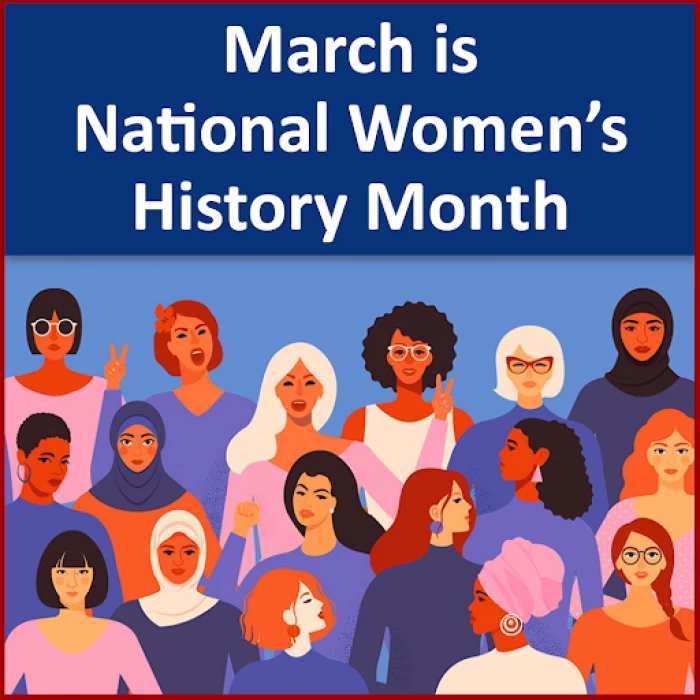
Women's History Month
Women's History Month
International Women’s Day will be marked on March 8 in Egypt and all over the world just as other similar observances did 47 years ago. That day, the UN adopted the resolution in honor of women in all their diversity under the slogan “Think Equality.” The purpose of this celebration is to promote gender equality and women’s empowerment in public services, social protection systems, and sustainable infrastructure.
As it is indicated in the profile of UNESCO, in the year of 1945, the UN Charter became the first international document that acknowledged men and women as equals, and during the International Year of Women in 1975 an official International Women’s Day was celebrated for the first time by the UN with women all over the world on the eighth of March. Two years later in December, 1977 the assembly also adopted a resolution recommending that Member States proclaim Women’s Rights and International Peace Day on any day of the year, as per their tradition and country practices.
The creation of International Women’s Day can be traced back to the activities of labor movements that were fully dominant in North America and Europe around the turn of the 20th century. The first National Woman's Day was observed in the United States on February 28, 1909, organized by the Socialist Party of America to commemorate the 1908 New York City… for Women’s Equal Rights, which included women demonstrating against inhumane working conditions.
Women in Russia picked the 27th of February of 1917, under the Gregorian Calendar known as the day of “Bread and Peace” (Paroquia na Paz), to take to the streets and to go on a strike, and a movement which led to the extension of vote rights for the women in Russia followed.
International Women’s Day has been coined as a day to commemorate the gains made toward the enhancement of women as well as gender equality but also as a day that seeks to garner more efforts toward gender equality and women empowerment across the globe.














